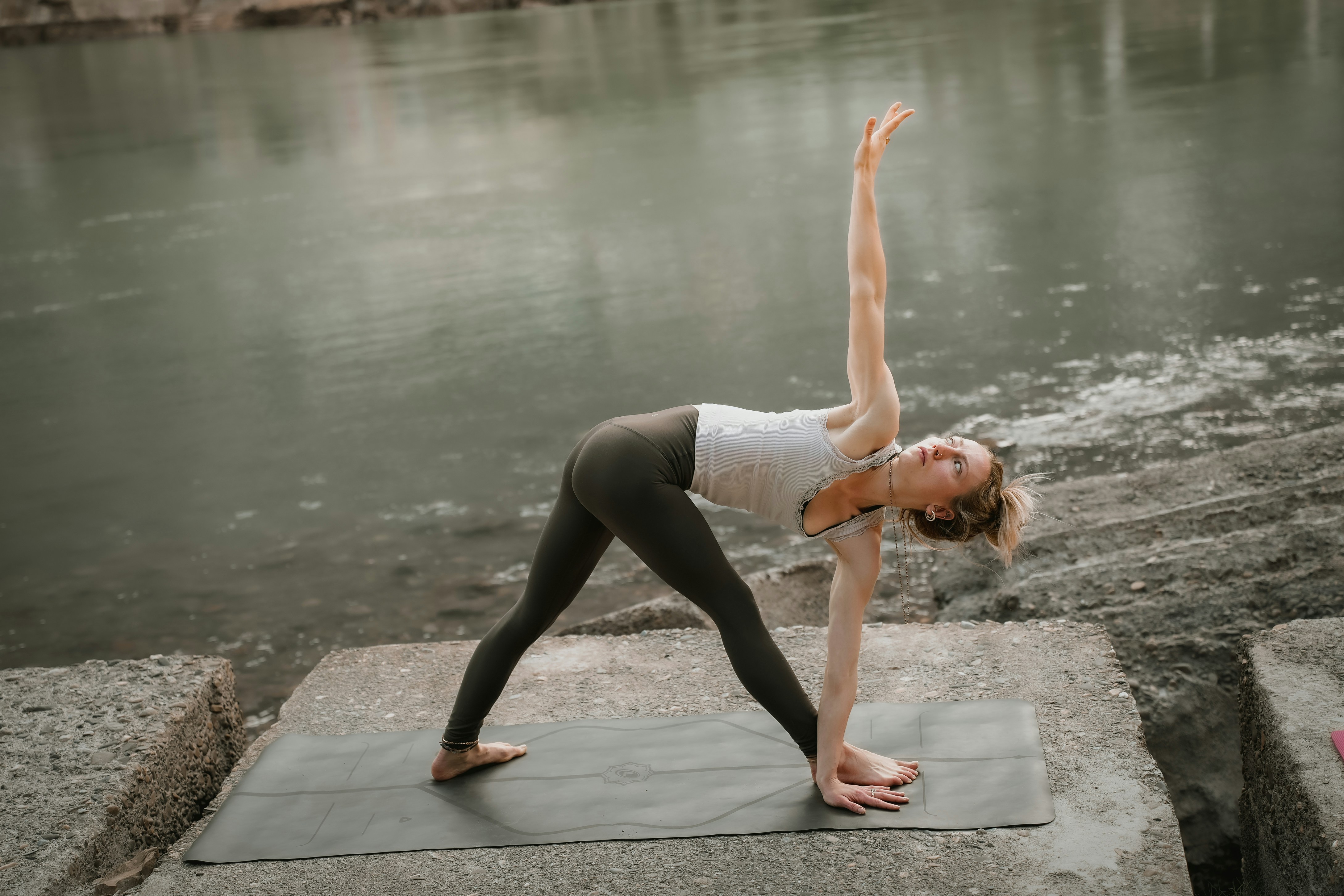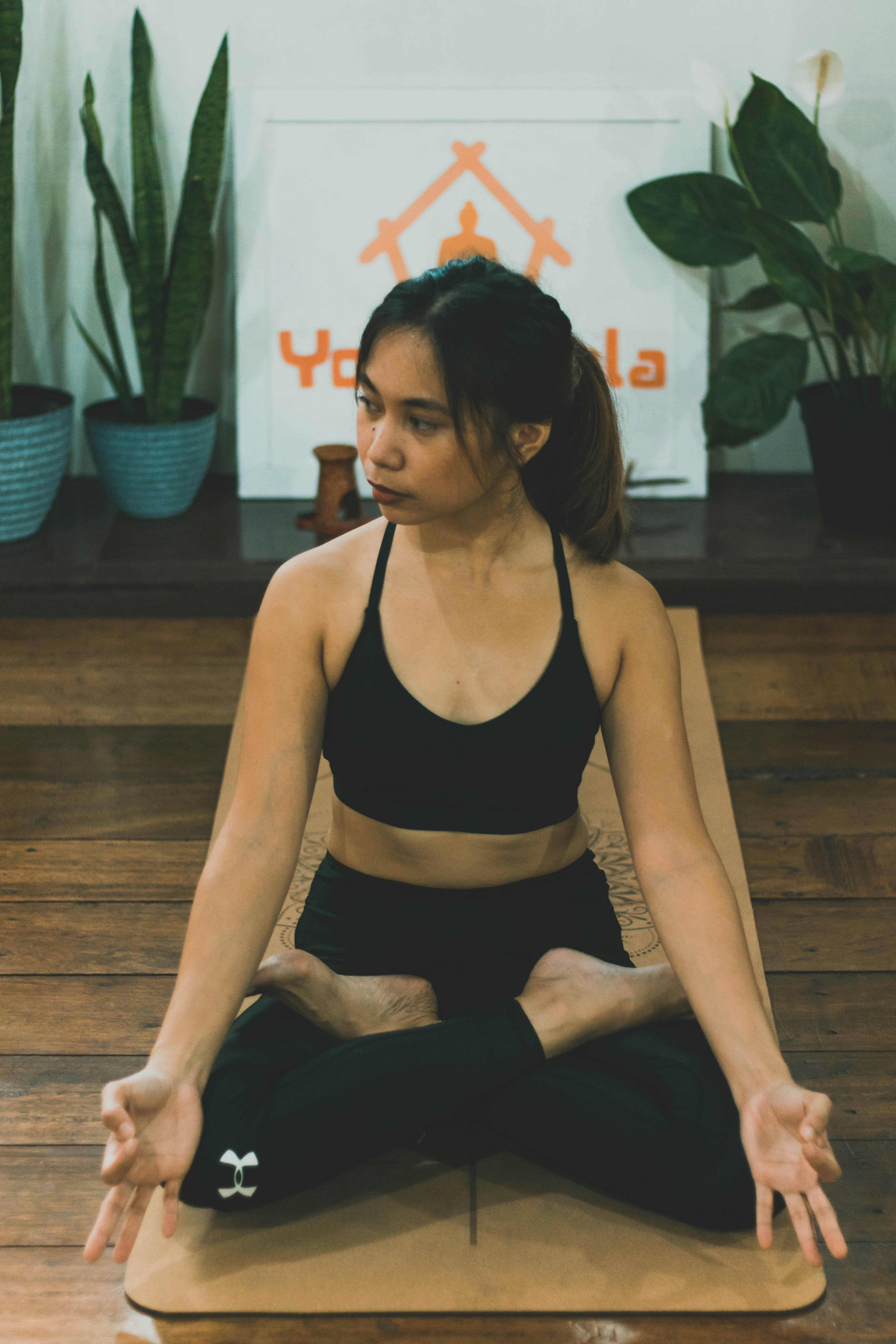Understanding Chaturanga Dandasana
Chaturanga Dandasana, commonly known as Four-Limbed Staff Pose, is a fundamental position in yoga that carries great significance within the practice. Often considered a cornerstone of many vinyasa flows, this pose functions not only as a stand-alone asana but also as a vital transitional posture that connects other key poses such as Upward Facing Dog and Downward Dog. Mastery of Chaturanga Dandasana assists practitioners in developing a strong foundation for their yoga journey.
The primary benefits of practicing Chaturanga Dandasana include the enhancement of strength, flexibility, and alignment. This pose engages multiple muscle groups, particularly the arms, shoulders, core, and legs, contributing to overall bodily strength. As practitioners hold the pose, they cultivate awareness of their physical limits, fostering improved muscular endurance. Additionally, Chaturanga Dandasana works to promote flexibility in the wrists and shoulders, allowing for a greater range of movement in various asanas. The foundational alignment principles gained from this pose are crucial for maintaining proper body mechanics both in yoga and daily activities.
While the benefits of Chaturanga Dandasana are substantial, it is imperative to approach this posture with proper technique to prevent injury and maximize effectiveness. Beginners should be particularly mindful of their form, ensuring that their elbows remain close to their bodies and that their shoulders are aligned above their wrists. Engaging the core and maintaining a straight line from the head to the heels is essential for proper execution. By adhering to correct alignment and gradually building strength, practitioners can reap the full advantages of this pose, paving the way for further exploration in their yoga practice.
Anatomy of Chaturanga Dandasana
Chaturanga Dandasana, often referred to as the four-limbed staff pose, embodies a significant yet challenging posture that requires a thorough understanding of the body’s anatomy. This pose primarily engages multiple muscle groups, including the shoulders, core, chest, and arms, working in unison to create stability and strength. The engagement of the shoulder muscles, particularly the deltoids and rotator cuff, plays a crucial role in supporting the body’s weight while in the pose. Proper alignment of the shoulders is vital to prevent injuries and ensure the effectiveness of the posture.
Additionally, the core muscles, including the rectus abdominis, obliques, and transverse abdominis, must be actively engaged throughout the pose. This muscular engagement not only helps to support the spine but also aids in achieving an optimal level of body control and balance while transitioning between poses. The strength generated from the core is essential when stabilizing the body as it shifts its weight forward into the pose.
The pectoral muscles of the chest likewise contribute to maintaining proper form in Chaturanga Dandasana. Engaging these muscles assists in creating a strong upper body while providing support to the shoulders. Meanwhile, the arm muscles, particularly the triceps and biceps, provide the necessary strength needed to lower the body down toward the ground in a controlled manner. It is essential to avoid sagging the lower back or scrunching the shoulders, as these misalignments can hinder balance and lead to strain or injury.
In summary, understanding the anatomy involved in Chaturanga Dandasana is essential for practitioners aiming to master this pose. By ensuring proper engagement and alignment of the shoulders, core, chest, and arms, individuals can enhance their performance and enjoy the numerous benefits associated with this foundational yoga posture.
Step-by-Step Instructions for Performing Chaturanga Dandasana
Chaturanga Dandasana, often referred to as the four-limbed staff pose, is a fundamental asana that can significantly enhance strength and stability in yoga practice. To begin, it is crucial to prepare your body adequately before attempting this pose. Start in a high plank position, ensuring that your wrists are directly beneath your shoulders and your body forms a straight line from head to heels. Engage your core muscles, drawing the navel towards your spine, which will help maintain proper alignment.
Next, focus on your hand and foot positioning. As you prepare to lower into the pose, ensure that your fingers are spread wide, gripping the mat for stability. Establish a solid foundation with your feet, aligning them hip-width apart or closer together, ensuring they bear some weight as you transition into the pose. This will provide a stable base as you lower your body.
Now, to lower into Chaturanga Dandasana, shift your weight forward slightly while bending your elbows back at a 90-degree angle. Keep your elbows close to your ribs, avoiding flaring them out to the sides. Maintain an active engagement in your core and legs to prevent sagging in the lower back. Gradually lower your body until your upper arms are parallel to the ground, with your shoulders aligned with your elbows. It is essential to keep your gaze slightly forward to maintain balance and focus.
For beginners, there are modifications available to ensure accessibility in the pose. You may lower your knees to the ground while performing Chaturanga, allowing you to practice the arm positioning without the full weight of your body. Remember to breathe steadily throughout the posture. Common mistakes include letting the hips sag or lifting too high into a downward dog instead of maintaining the alignment of Chaturanga. Addressing these issues will enhance your practice, ensuring safety and effectiveness during the pose.
Tips and Common Mistakes in Chaturanga Dandasana
Chaturanga Dandasana, often regarded as a foundational pose in yoga practice, requires attention to detail and awareness of one’s body. To deepen your understanding and practice, consider the following tips. First, focus on your breathing; establish a steady, even rhythm as you move through this posture. Deep, diaphragmatic breathing not only aids in maintaining stability but also enhances mental clarity, fostering a relaxed yet focused state throughout the pose. Aim to inhale as you prepare for the transition and exhale as you lower your body towards the ground, allowing your breath to guide your movement.
Mental focus is equally crucial; visualize your body aligning with the principles of Chaturanga. Picture a straight line from your head to your heels, ensuring your core is engaged. This will help you maintain balance and strength during the pose. Engaging the core muscles not only helps to keep the pelvis from sagging but also supports the lower back, mitigating the risk of injury.
Common mistakes in Chaturanga often include sagging in the lower back or flaring the elbows outwards. Such deviations can lead to strain and diminish the effectiveness of the pose. To correct sagging, focus on pulling your navel towards your spine, creating tension in the abdominal muscles. This action will support a neutral pelvis and proper spine alignment. To address the issue of flaring elbows, consciously draw your elbows in towards your ribs, creating a stable structure through your upper body.
By integrating these tips and being mindful of the common pitfalls, practitioners can cultivate a more profound connection to Chaturanga Dandasana. With persistent practice and a commitment to refining technique, practitioners will experience enhanced strength, stability, and a greater mastery of the pose.
Image credit:




Leave a Reply